This post is sponsored by Thinkernation (who has an Urdu Alphabet tracing board too now).
I remember how I initially thought that my child was a late bloomer simply because she wasn’t picking up on auditory learning while the kids around her went way ahead simply memorizing what they were taught orally! And as a mother who herself is studying advanced Arabic, I thought my child SHOULD know her Arabic alphabets by a certain age! I failed to realize that each child has their own aptitude and what works for one child may not work for another. So I started experimenting with different learning styles and found that my daughter learnt best when I mixed visual and kinesthetic learning styles. She just wasn’t the aural learner! When selecting any method to teach your children, please keep in mind which learning style your child learns best from.
3 Primary Learning Styles for Arabic Alphabet Recognition:
Following are some of the ideas you can apply in each learning style to see where your child fits best. And then stick to that method for any kind of learning afterwards. Believe it or not, just 15-20 minutes can make a world of a difference if you know the learning style of your child!
A) VISUAL Learning Style
Visual learners love sights and colors. They learn best by watching their educator write an example on the board, seeing a demonstration, looking at images and diagrams etc. They pay better attention to instructions if they watch them. The visual or spatial learner is often referred to as a right-brained learner. Incorrectly labelled as “late bloomers” for their struggles with reading and writing, these learners simply see the world in a different manner. They are imaginative, think outside of the box and quickly process what they see rather than what they hear. This is the reason why they may remember faces better than names and focus on the visual end result rather than hearing about the steps involved.
They can even study in a noisy place without difficulty most of the times if they have visual aids for learning – although they themselves tend to be on the quieter side. They may often close their eyes to visualize or remember what they’ve been taught as they tend to notice even the most minor details. But may have trouble remembering verbal instructions – hence their mind often wanders when trying to pay attention to them. You can also try a mixture of all learning styles to see which one is the most effective for your child.
Ideas to explore:
To integrate this style into learning Arabic letters recognition, you could try mind maps and charts, drawings and pictures to illustrate ideas, colors to enhance retention, visual cues and different sized objects etc.
1) Shadow play
Shadows are part of everyday life, but they can be quite mysterious for kids. Such experiments will give them hands-on insight into how shadows are created and the difference between transparent, translucent, and opaque. This can also teach them what affects their size, direction and shape.
2) Match the Letters with Respective Animals
Kids LOVE all things animals. The only drawback is that you will have to learn the sound of each animal because they will ask you to mimic each one of them (and then you may hate me a little for this :p but hey! As long as they are learning, right? :D). You can download the following pack HERE!
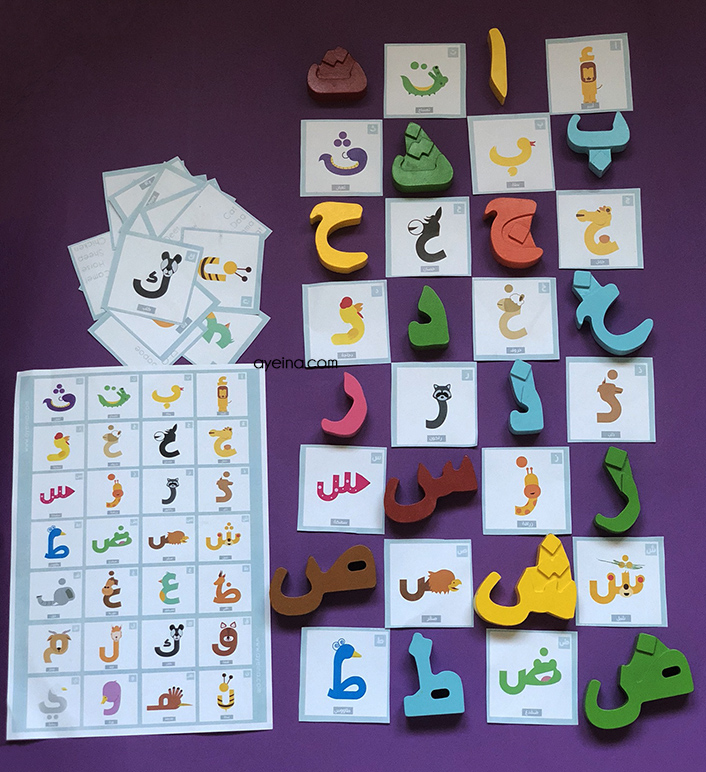
3) Tracing/ Chalking
Who doesn’t like chalkboard, whiteboard, pin board (all kinds of boards actually)! They give you an opportunity to diversify your learning method and you can get as creative as you want with it. Following is an example of what we tried and simply loved. We used the chalkboard behind our Arabic puzzle board (and some IKEA chalks :D)
4) Puzzle match
Tools like Thinkernation can be of great help for visual learners. Visual cues of colors and shapes can help the kids match letters to form words, which can build their vocabulary.
B) AUDITORY Learning Style
Auditory learners rely on sounds and explanations. They prefer to listen to an explanation or recording and can effectively memorize things simply by listening. When learning, they prefer to read/say things out loud, or have someone ask them questions while they answer out loud. The auditory learner thinks in sounds chronologically and learn best through step-by-step methods. They have strong language skills and perform well on oral exams. Sometimes, they may have difficulty interpreting facial expressions and gestures.
Ideas to explore:
To integrate this style into the learning environment, you can include auditory activities, such as brainstorming, reading aloud, creating rhymes or anasheed, telling stories, creating a dialogue or discussion around the topic etc. This helps them make connections of what they learned and how it applies to their situation:
5) Arabic books & stories
Auditory learners would rather listen than read a story so read out the alphabets loud to them or better yet, use:
6) Arabic alphabet rhymes & songs
You can use a tape recorder and record your child reading or singing it and then have them re-listen to it. You may follow AYEINA and refer to this Pinterest board for music-free rhymes, cartoons and songs. You will find many alif baa taa songs in there.
C) KINESTHETIC Learning Style
Kinesthetic learners prefer “hands-on” activities, projects, experiences and manipulating materials. They like to act things out. Most children under five years of age are actually kinesthetic learners, moving and touching everything as they learn. They discover their world through play which is why babies often put everything in their mouths for testing.
Such learners learn best when their bodies are involved which is why you may always see their hands moving and upto something. They tend to lose concentration if there is little or no external stimulation, touch or movement. You may see them point when reading and gesture while talking. These types of learners benefit from larges spaces that enable them to draw and move around etc. Outdoors are hence the best learning resource for them.
Ideas to explore:
To integrate this style into your learning environment, you can use activities that get the kids up and moving by giving frequent stretch breaks, providing toys such as chunky puzzles, plasticine or soft dough to give them something to do with their hands, creating artwork (turning your whole lesson into an art project), walking back and forth while reading, reciting notes while riding a stationary bike, role playing or acting out a mime game around the subject material etc.
7) Sand play
Such learners may find it difficult to sit still in the same place for a long period of time so let them explore outdoors. We go to a sand park near our home almost everyday to learn and play and the “hide the alphabets in the sand and then find them” has been a great learning tool for us alhamdulillah.
8) Plasticine/ Soft dough/ Clay
This is like a universal tool of all things play and education. The malleability of it helps you to give some “hands-on” activity to your kinesthetic learner. Be warned that once opened, you will end up with a giant grey or brown dough! because kids and their mixing experiments!
9) Blocks
Kinesthetic learners enjoy taking gadgets apart and putting them together again. If you have blocks, you can ask your child to put them together and form the Arabic letters.
10) Salt tray letters
Salt trays are famous for alphabet learning because kids love them – and whatever they love, they learn from as well.
P.S. It’s best to take this one outdoors if you don’t want to deal with all the mess! And unless you are sure that salt is not eatable anymore, it’s best to do the following with the sand or better yet, GLITTER 😀 Form different words from the taught letters and show how the Arabic letters join together.
Please keep in mind as you look over this list that these early years with our children should be about fostering a love to play, explore, and learn! Our children are all different and gifted in unique ways so never resort to comparison as it will halt your and their progress. Have fun learning together through games and various experiences while still encouraging your child’s natural creativity!
View this post on Instagram
List of FREE Arabic Alphabet Printables:
Free Arabic Alphabet Poster in Islamic geometric pattern (8-point stars) by AYEINA
Free Arabic Letters in all Forms by Elyamama (download link given in the caption)
Mini Free Arabic Letter Snap Cards by QuoteLovin
Free Arabic Alphabets Tracing Worksheets by msnourakhrais
Free Arabic Alphabet Books by Dr. Laura’s Kitchen
Free Arabic Alphabet Wheel by Elyamama (download link given in the caption)
Free Arabic Vowel Cards by Quote Lovin
Free Arabic Alphabet Play Mats by @muslimah_motherhood
Free Arabic Downloads by Studio Arabiya
Free Arabic Alphabet Flashcards by Dzaltastic
Free Arabic Alphabet Dot-to-dot Worksheets by Iqra Games
Free Arabic Letter Strips by Elyamama (download link given in the caption)
Free Arabic Alphabet Art Print by Ink and Ocean
Free Printable Arabic Letter Game by QuoteLovin
Free Arabic Alphabet do-a-dot flashcards + Hijayah poster by GangofFur
Free Arabic Workbook by Elyamama (download link given in the caption)
Daradam has few free Arabic resources
Qamar Designs has a bunch of free Arabic resources
Familia Kreativa has so many Arabic resources in the SERI HIJAIYAH section
Arabic Playground has a many free Arabic resources including Arabic Alphabet Flashcards etc.
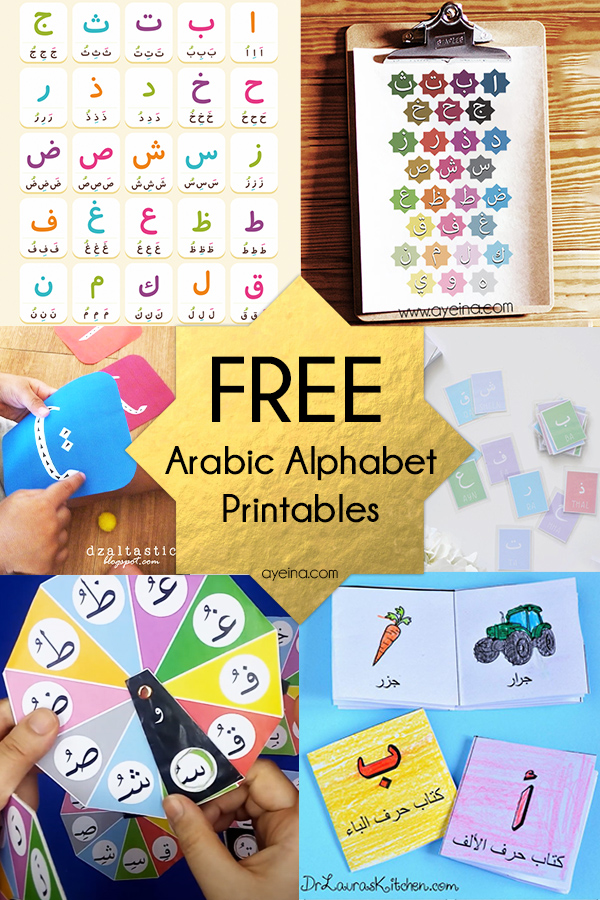
Comment below what worked BEST for your child in learning Arabic Alphabets?
————————————————————————————————
Ways to Instill Love of Arabic in Kids
————————————————————————————————




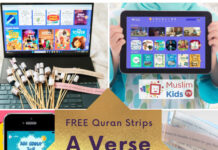
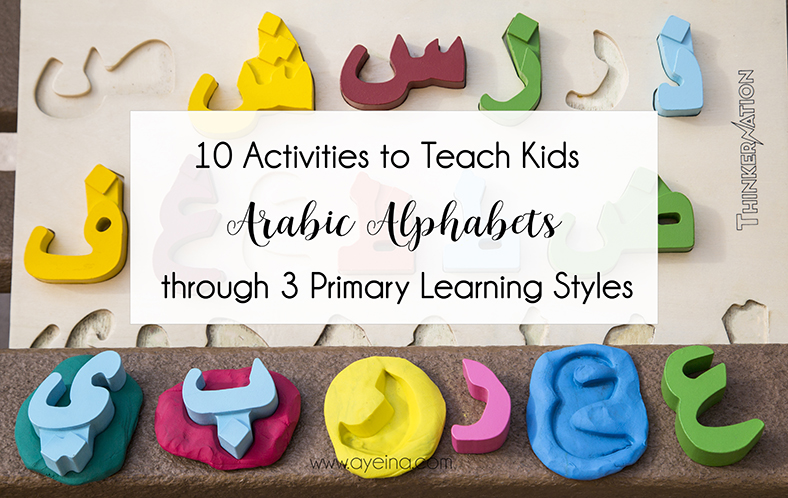
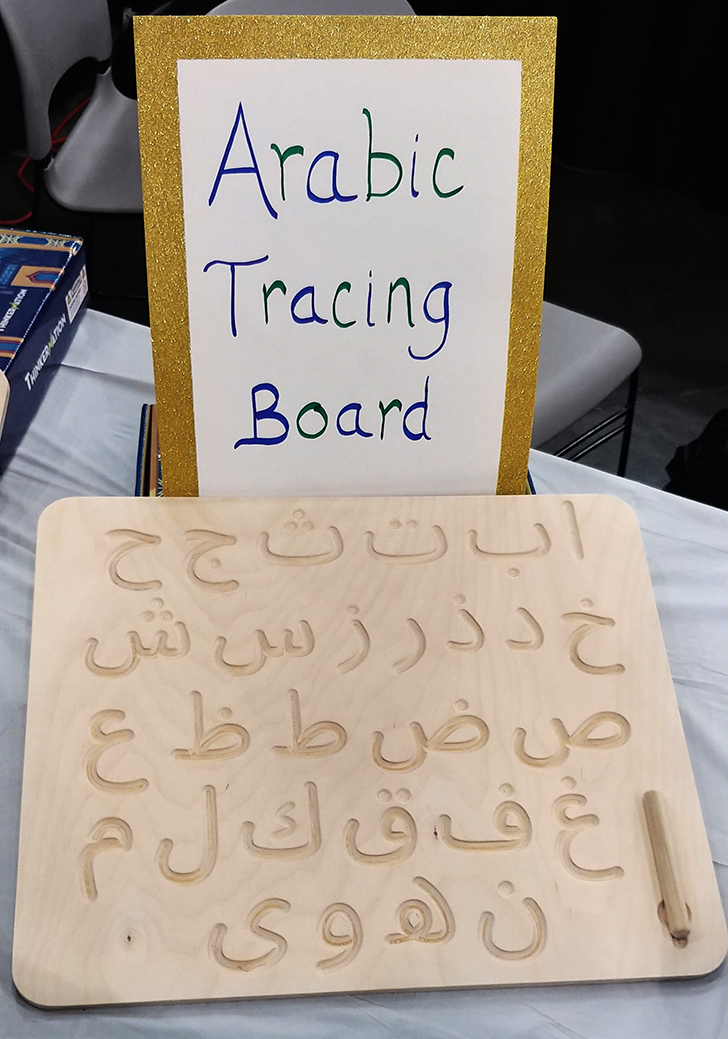
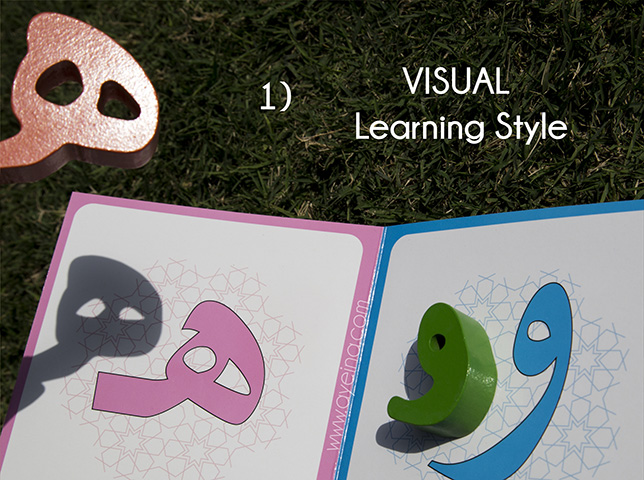

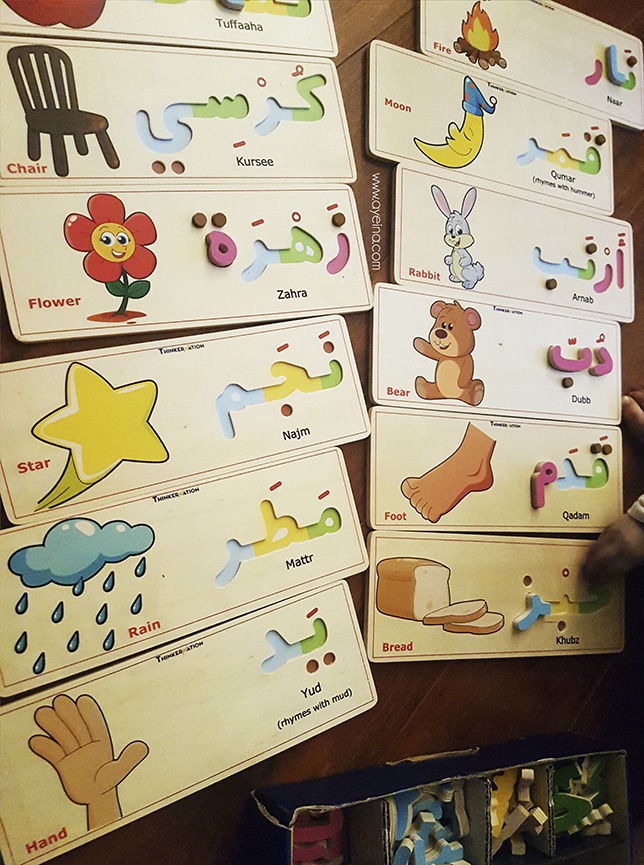
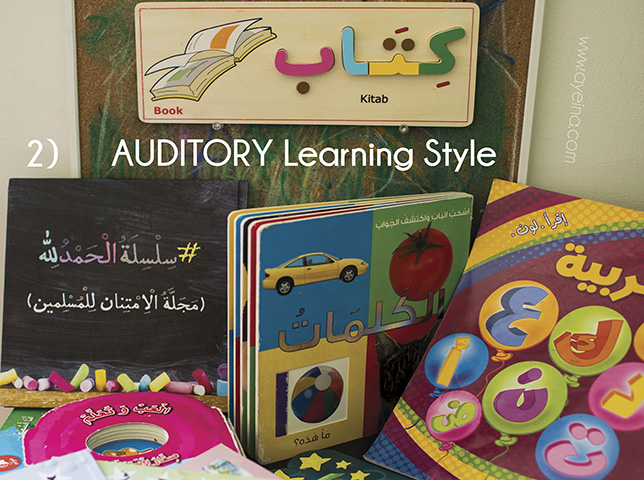
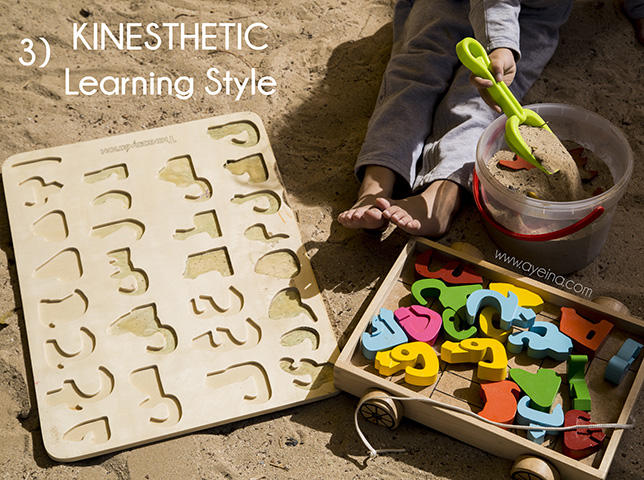

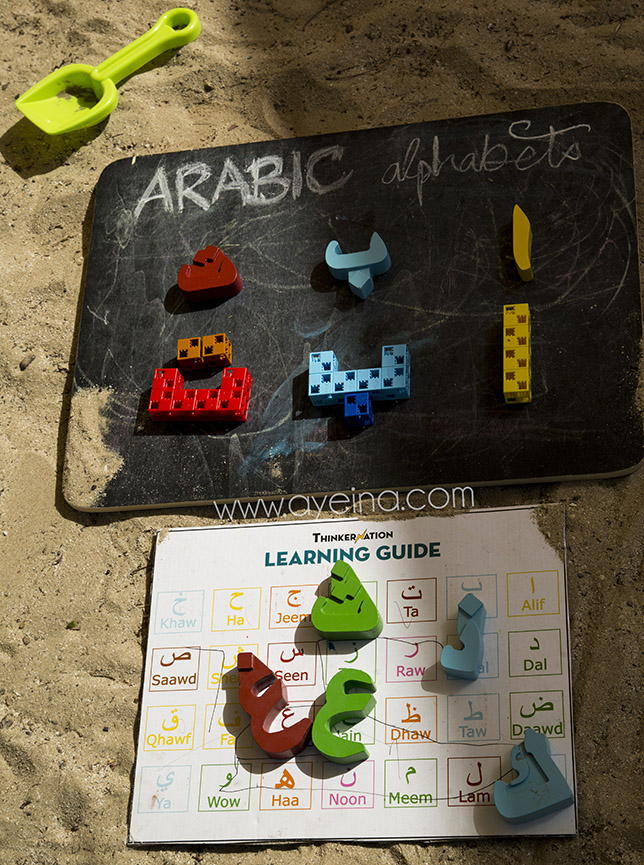

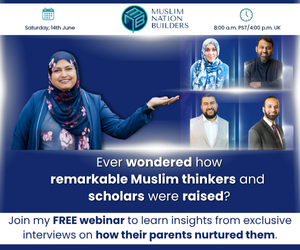
Nice activities. These all are good for kids to learn Arabic leters in a fun way.
I love this post a lot. It will benefit both me and our son! Activity ideas are superb and of course thanks for the free printables 🙂
Well these are awesome activities might work for me too, been struggling to pick up Arabic for years with little progress.
My kids, they’re grown and married and Alhamdulillah they had good teachers to help them so they way ahead of me in Arabic, May Allah bless them all
Aameen. May Allah make them sadaqah jaariyah for you. If you need any help with Arabic, feel free to reach out Suzu 🙂
These are all such fantastic ways to teach kids Arabic alphabet recognition. Thanks for sharing!
I really loved this! It has given me ideas. Esp the blocks idea and the clay. I’ll stick to the blocks for now though haha
Haha Afra I hear ya! Clay/plasticine etc. can get a bit messy and patience-testing (especially when you see it on walls, bedsheets, clothes (errwhere)) hence chunky wooden alphabets all the way 😀
My son is still pretty young but we’ve been introducing the alphabet to him-both English and Arabic. These activities are definitely a good way to teach while also being interactive, which kids love.
The younger the multilingual exposure, the better it is ❤
Jazakillah khair afreen 🙂
Noor if you get to use the free printable, I can’t wait to see how you utilize it in shaa Allah 🙂
I totally agree with this. It will benefit both me and our son! Activity ideas are superb and of course thanks for the free printable.
Assalam u alaikum
I am DaleelUddin
Form Hyderabad India.
I have my own manufacturing company
If you need my products I will give you.
In Sha Allah
Aleikoum Salaam,
Please give me your contact information.
I am interested in your products.
Email: info@dhoekie.nl
How long does it take to get them to recognize all the letters? I’ve been teaching a four year old for the past 4 months and we haven’t moved beyond the first lesson of the Qaida! I teach online so it’s difficult to utilize the aforementioned methods myself, but I will definitely recommend it to their mom insha’Allah! JazakAllah khayr for sharing ☺
The span in which learning happens is completely individual to each child. A 4 year old may not benefit from online methods the way elders can – because most young children are kinesthetic learners. The more interactive the lesson, the more engaged they are and eventually the better they learn alhamdulillah. So perhaps try flashcards or use hand puppets to make it funny 😀
MashaAllah I absolutely love these ideas. Allahumma bariklakum.
Mashallah very nice !
How I can buying the product
the Arabic alphabet wooden board is from thinkernation.com
Jazakillah khair afreen 🙂